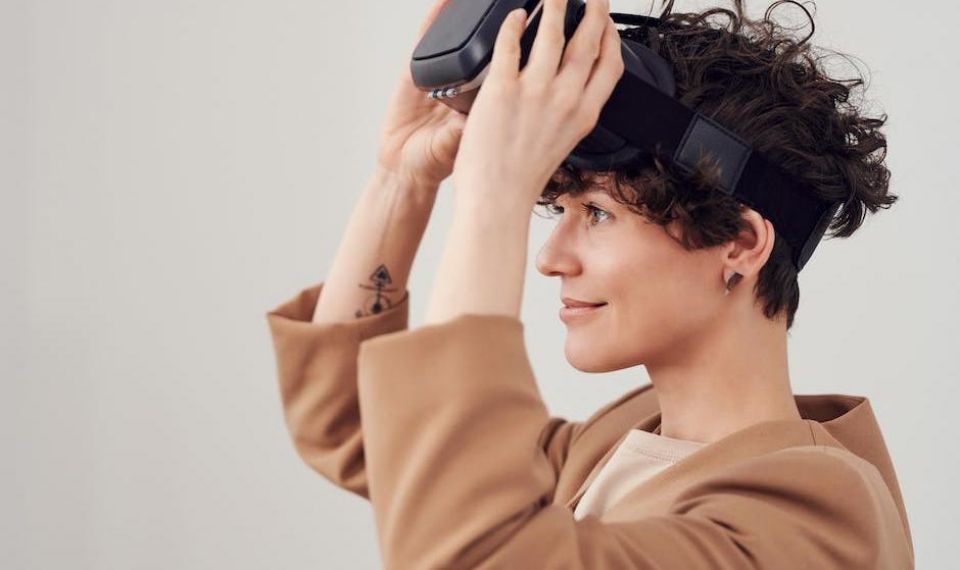
Imagine stepping out of your everyday reality and into a world where the only limitation is the scope of your imagination. This is the promise of Virtual Reality (VR) and Augmented Reality (AR) technologies. Much has been said about the enormous potential of these technologies, from transforming entertainment and gaming to revolutionizing industries like healthcare, training, and education. But with rapid advancements in this space, what might the future of VR/AR technology specifically look like?
One salient aspect of the future of VR and AR technologies is the incorporation of touch and feel – a concept referred to as Haptic Technology. While current VR experiences largely revolve around visual and auditory elements, haptic technology seeks to elevate the immersion by integrating a sense of tactile interaction.
Imagine a student studying human anatomy using AR technology, not just being able to see a 3D representation of the human heart, but also feel the texture of the cardiac muscles, veins, and arteries. Or a person trying out furniture products online, and sense the comfort of the cushion and the texture of the material. Haptic technology will make such experiences come true.
Bringing this vision to life will involve intricate engineering challenges. The technology would require devices capable of accurate haptic feedback, likely in the form of wearable gloves or suits embedded with a network of tactile sensors. There would need to be a mechanism to convert the virtual data into mechanical signals, creating the illusion of touch.
On a software level, developing algorithms for accurately representing various textures and weights would be a critical aspect. Not only this, but the system would also need to respond in real-time to user actions – a delay or inaccuracy in feedback could shatter the illusion of reality.
Another exciting possibility lies in the realm of ‘Mixed Reality’ – converging VR and AR to create environments where physical and digital objects co-exist and interact in real-time. This could open up unique opportunities, like remotely collaborating in a shared virtual space, transforming remote work, and social interaction.
However, creating such experiences would involve overcoming significant hurdles. Processing and networking capabilities will need to keep pace with the demands of real-time rendering of high-quality imagery and complex interactions. User interfaces will need to evolve dramatically to be intuitive and seamless. Privacy and security considerations will require a comprehensive re-think to keep user data safe in these shared virtual spaces.
The advancements in VR/AR technologies have the potential to drastically change the way we interact with the world around us, creating new possibilities for entertainment, education, work, and beyond. We are on the brink of a paradigm shift, and as we step into the future, the line between reality and virtuality promises to blur. Whether it’s the physical texture of a virtual object or collaborating in a shared digital space, these aren’t distant sci-fi concepts anymore – they are part of the new reality that VR/AR technologies are eagerly bringing forth.






